Finishing an intense workout is a notable achievement, yet your fitness regimen extends beyond the conclusion of your final set. A critical yet often neglected aspect of any exercise regimen is the cool-down. Many fitness enthusiasts underestimate the significance of this phase, but it plays a vital role in optimizing your workout results and ensuring long-term health benefits. We’ll delve into the reasons why cooling down after your workout is essential.
Preventing Injury
One of the primary reasons to cool down after exercising is injury prevention. During a workout, your muscles contract and tighten, and your heart rate increases. Suddenly stopping intense physical activity can lead to muscle soreness and a higher risk of injury. A proper cool-down allows your heart rate and breathing to gradually return to normal, reducing the stress on your cardiovascular system and decreasing the likelihood of injury.
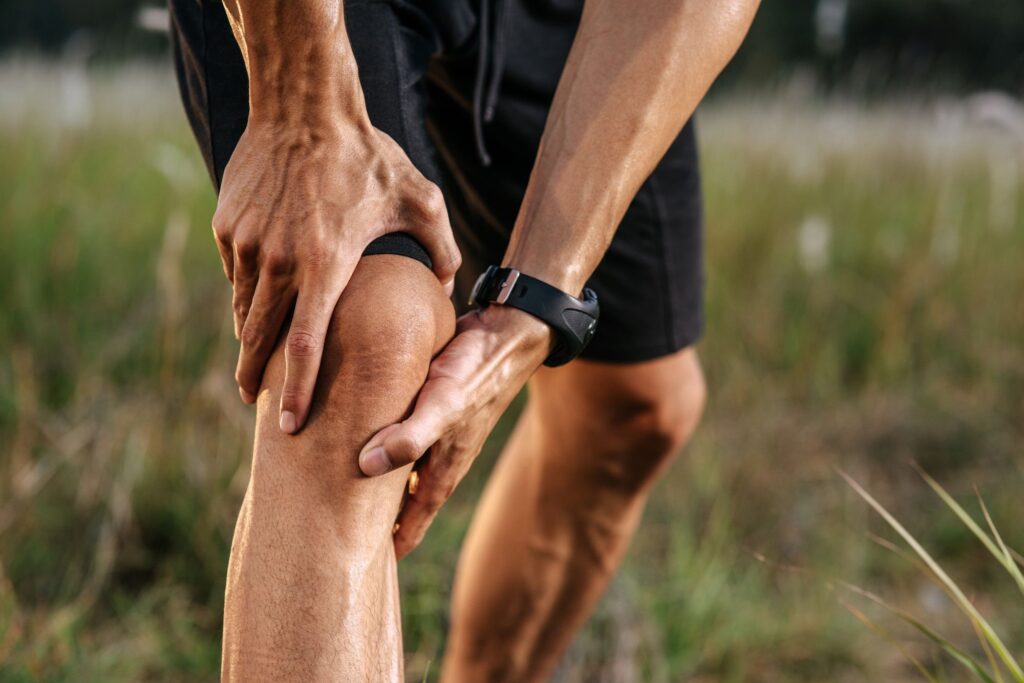
To enhance injury prevention, consider focusing your cool-down on specific muscle groups targeted during your workout. Incorporate dynamic stretches that mimic the movements you performed during your exercise routine. This not only aids in muscle relaxation but also ensures that your body transitions smoothly from high-intensity activity to a more restful state.
Regulating heart rate
Intense workouts elevate your heart rate significantly. Suddenly stopping without a proper cool-down can lead to a rapid drop in heart rate, potentially causing dizziness or fainting. The cool-down phase allows your heart rate to gradually return to its resting state, preventing sudden changes that could stress your cardiovascular system. This gradual reduction in heart rate is crucial for overall heart health, especially for individuals with pre-existing cardiovascular conditions.
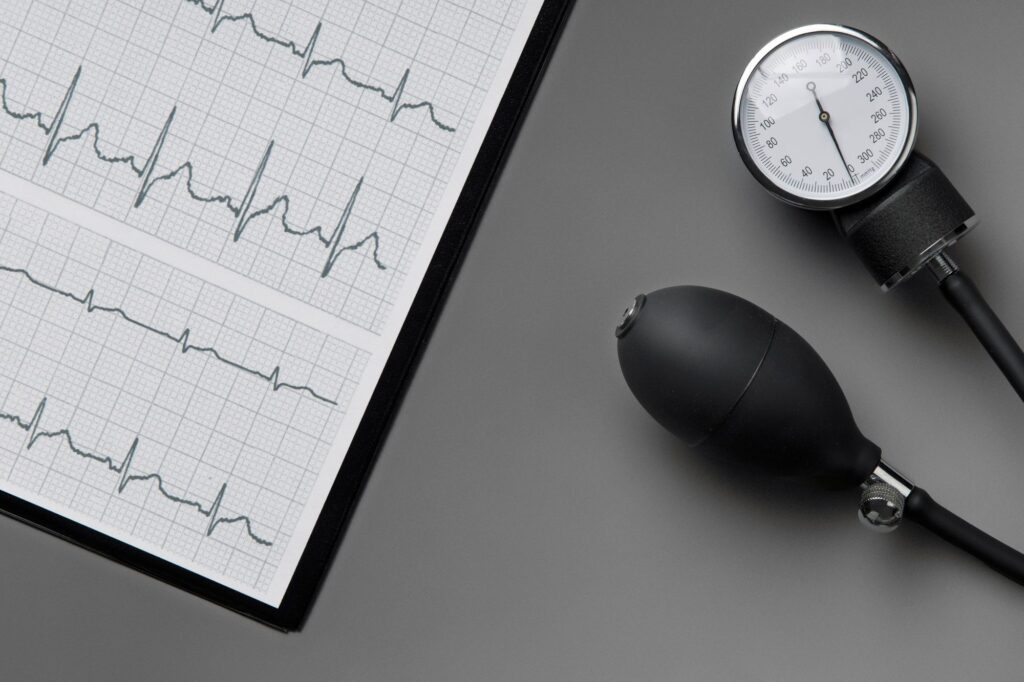
To further regulate your heart rate during the cool-down, consider incorporating controlled breathing exercises. This intentional focus on your breath not only aids in bringing your heart rate back to baseline but also promotes a sense of calmness and relaxation. As a result, the cool-down becomes a holistic practice that benefits both your cardiovascular system and mental well-being.
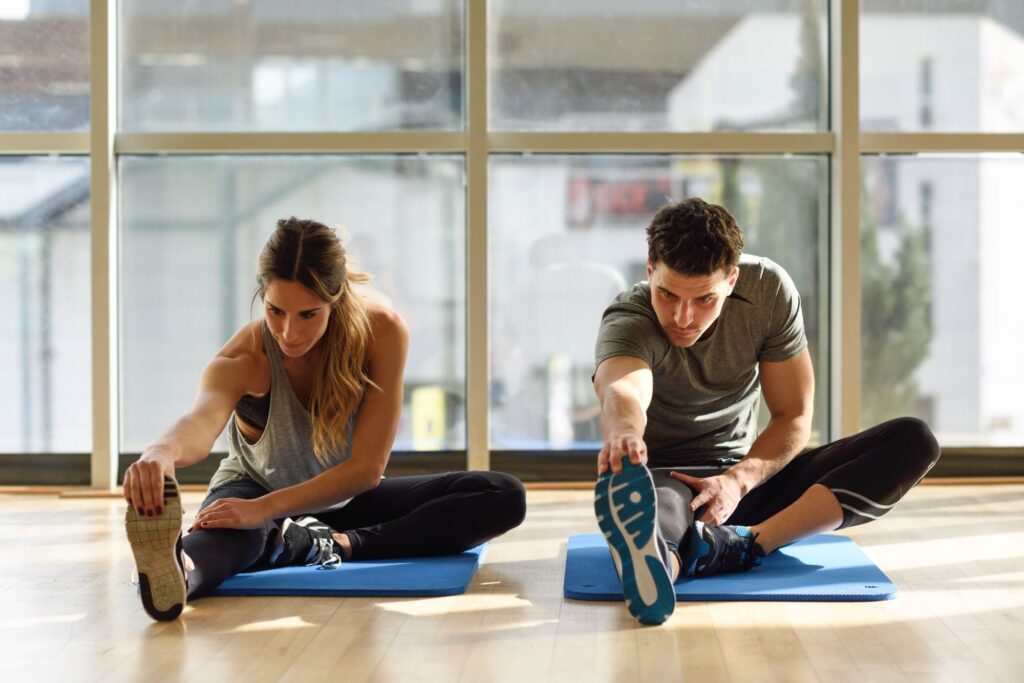
Improving flexibility and range of motion
Flexibility is crucial for overall fitness. Including dynamic stretches and mobility exercises in your cool-down significantly improves flexibility and range of motion, lowering the risk of injury and boosting athletic performance.
Integrate yoga-inspired stretches into your cool-down to maximize these benefits. Yoga poses, emphasizing controlled movements and deep stretches, complement traditional techniques, creating a comprehensive approach to enhance flexibility. This combination of dynamic and static stretches contributes to improved physical performance and resilience.
Psychological benefits
Cooling down doesn’t just have physical benefits; it also has positive effects on your mental well-being. The transition from intense physical activity to a more relaxed state can help ease the transition from workout mode to everyday life. Deep breathing and mindful stretching during the cool-down can promote relaxation, reduce stress, and contribute to a sense of well-being.
To maximize the psychological benefits of your cool-down, consider incorporating progressive muscle relaxation (PMR) techniques. This involves systematically tensing and then relaxing different muscle groups, promoting a profound sense of physical and mental relaxation. By combining PMR with mindful stretches, your cool-down becomes a holistic practice that not only nurtures your body but also provides a mental sanctuary for relaxation and rejuvenation.
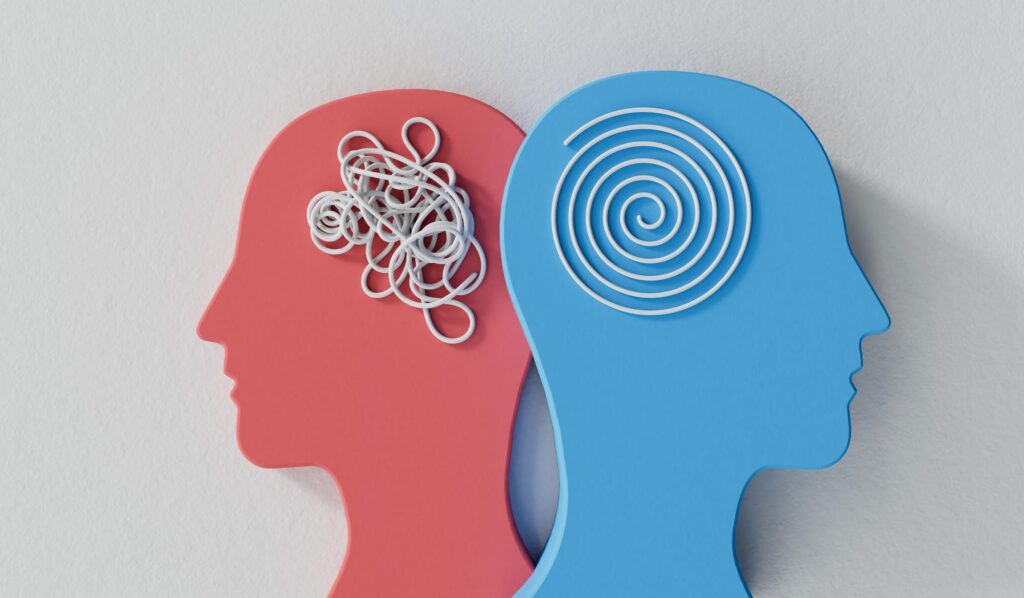
Your #1 fitness app available on:

The best cooling-down exercises
Cooling down after a workout is essential to help your body transition from a higher intensity to a state of rest. Here are some effective cooling-down exercises that you can do at home:
- Walking or light jogging:
- Gradually reduce your intensity from a run to a brisk walk, and then to a slow walk. This helps lower your heart rate gradually.
- Deep breathing:
- Perform deep breathing exercises to help relax your body and calm your nervous system. Inhale deeply through your nose, hold for a few seconds, and exhale slowly through your mouth.
- Static stretching:
- Stretch the major muscle groups you’ve worked during your workout. Hold each stretch for 15-30 seconds without bouncing, focusing on the muscle you are stretching. Common stretches include hamstring stretches, quadriceps stretches, calf stretches, and shoulder stretches.
- Yoga poses:
- Incorporate yoga poses that focus on stretching and relaxing your muscles. Poses such as Child’s Pose, Downward-Facing Dog, and Cat-Cow are excellent choices.
- Foam rolling:
- Use a foam roller to perform self-myofascial release. Roll over different muscle groups, applying gentle pressure to release tension and improve flexibility.
- Legs up the wall pose:
- Lie on your back and place your legs up against a wall. This pose helps improve circulation and can be relaxing for both the legs and lower back.
- Seated forward bend:
- Sit with your legs extended in front of you and reach forward towards your toes. This stretch targets the hamstrings and lower back.
- Arm and shoulder stretches:
- Gently stretch your arms and shoulders to release tension. Arm crossovers, triceps stretches, and shoulder rolls can be effective.
- Pilates breathing:
- Practice Pilates breathing to engage your core muscles and promote relaxation. Inhale deeply through your nose, expanding your diaphragm, and exhale fully through your mouth.
- Tai Chi or qigong movements:
- Incorporate slow, flowing movements from Tai Chi or Qigong. These exercises can help improve balance, flexibility, and relaxation.
Remember to listen to your body and perform these exercises at a comfortable pace. The goal is to gradually bring your heart rate down and promote flexibility and recovery. If you have any existing health conditions or concerns, it’s advisable to consult with a healthcare professional before starting a new exercise routine.
Fit at Home
Welcome to Fit at Home, your ultimate fitness partner for effective and enjoyable home workouts with no equipments! With our comprehensive range of workouts for the whole family and expert guidance, you can achieve your fitness goals right from the comfort of your own home.
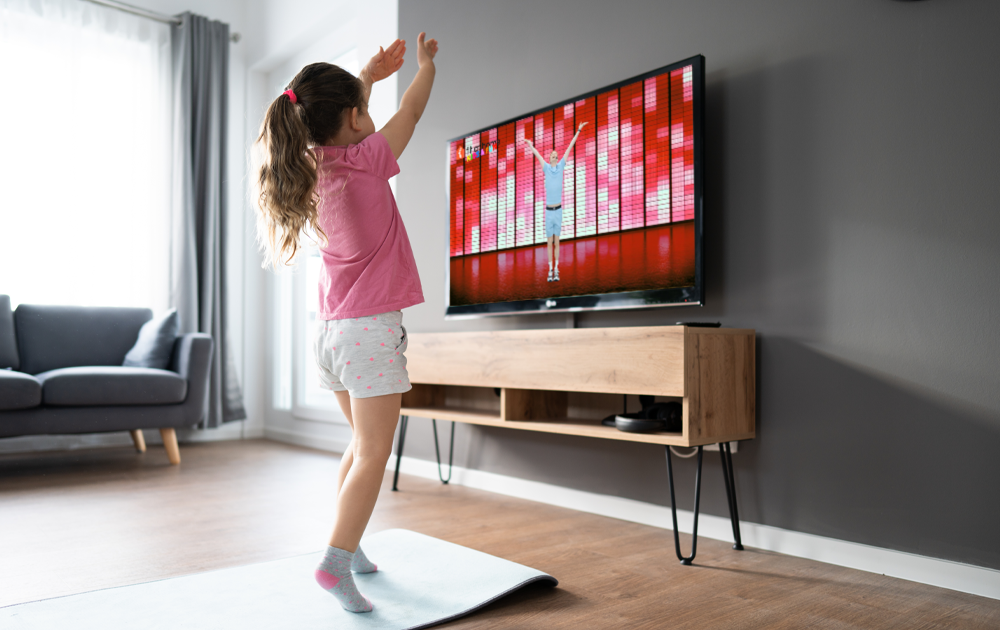
Fit at Home is your NUMBER ONE fitness app for the whole family. Whether you want to lose weight, relax with our meditation videos, let your kids exercise more often etc. Our professional trainers will help you become the fittest, healthiest and happiest version of yourself and your family!